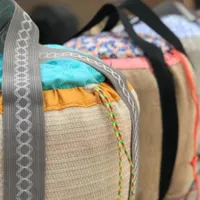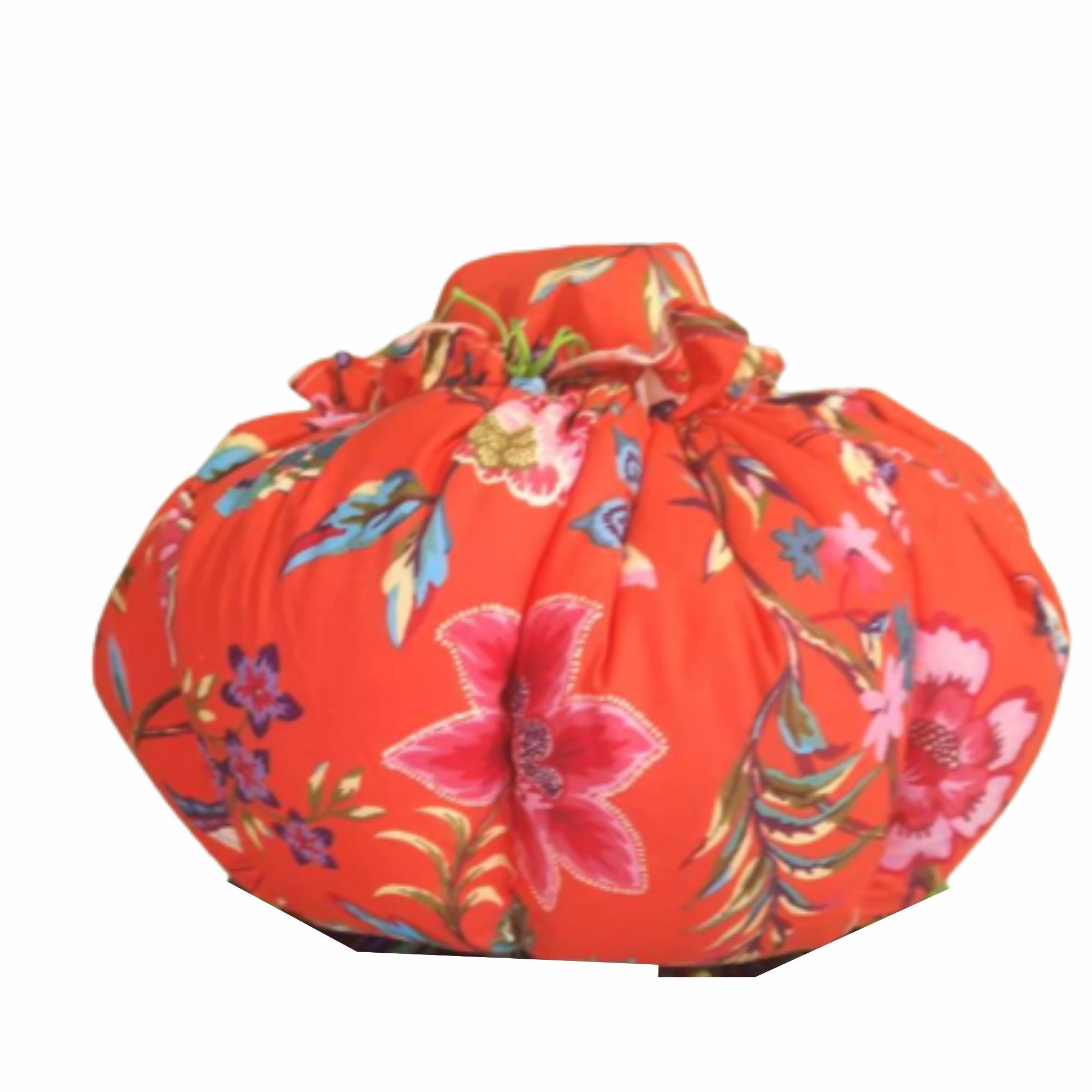This innovative slow cooker uses no gas or electricity – and the results are excellent
Yes, you read that correctly, there really is a slow cooker that does not use any energy to make delicious meals

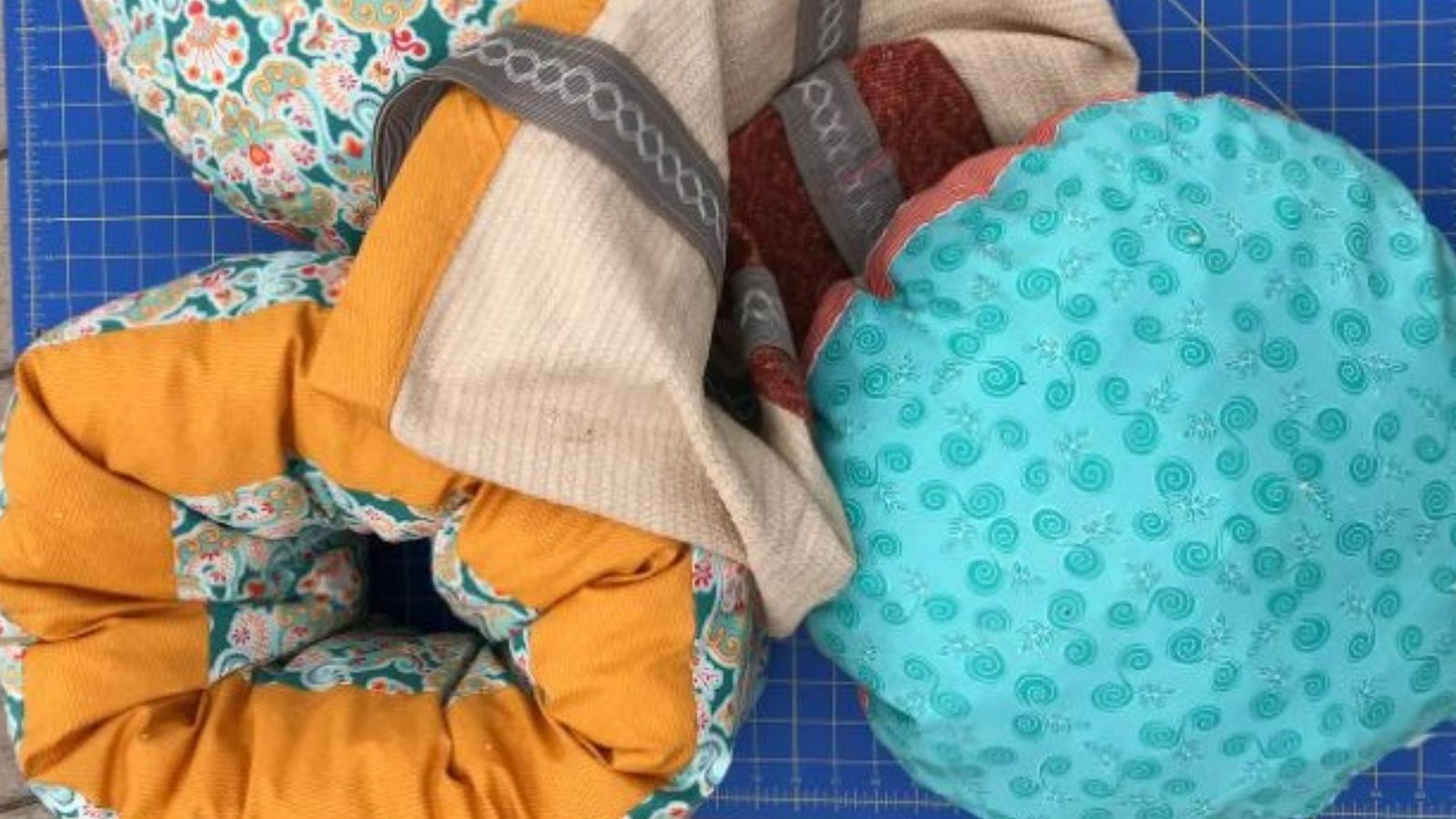
When we heard about a way of cooking that didn't require any electricity (or gas) at all, we knew that we have to do some more research. After all, it simply sounded too good to be true.
Our reviews team has tried some of the best slow cookers on the market, but though slow cookers are very energy efficient compared to other ways of cooking, they had never come across a model that costs as little to use as these non-electric thermal cookers. And, while we have not had the chance to try them yet, we are seriously impressed by the verified user reviews.
With everyone looking to find ways to save money at home at the moment, these thermal slow cookers will be a game changer, because they are guaranteed to cut energy bills.
The best news? Smaller thermal cookers are now on sale on Amazon and larger, more traditional varieties are available all over Etsy.
HopeSaC Thermal Cooker – $85 on Etsy
The HopeSaC Thermal Cooker is made using the original African design to help cook food like a slow cooker without the need for electricity.
The SaC's save on fuel costs, offer flexibility with cooking, and are portable too, allowing you to cook and take food wherever required.
Thermal bags have been used for cooking in remote parts of continents such as Africa for decades and were initially made to slowly cook food without the need to use electricity or keep fires burning for long amounts of time.
While it is certainly an unconventional buy, a thermal cooker is a great alternative to a regular slow cooker and, while it might not make the best replacement for a conventional oven if you are looking to brown or crisp up food, the energy savings are even better than the best air fryers have to offer (and that is saying something).
How does it use no electricity? The bags use good insulation to help keep food at high temperatures for long periods of time, allowing the cooking process to continue with very little effort.
Design expertise in your inbox – from inspiring decorating ideas and beautiful celebrity homes to practical gardening advice and shopping round-ups.
The process of cooking with thermal cookers does use a little energy to start off with – after all, it would be a tall order to ask for a cooking device that miraculously heats up food without external input whatsoever. They rely on the food being heated up to first, usually just bringing the raw ingredients to a temperature or to a boil. You still only need to heat your food up for five or 10 minutes, and no more than half an hour. jpwever.
When we cook in induction pans, the conductive metal materials are not conducive to maintaining heat. Because of this, when we remove the heat source (whether that be a gas hob or an electric cooktop), the food rapidly cools down. By wrapping the pan in a thermal bag or transferring it to a stainless steel thermal cooker pot, the food stays at the temperature and continues to cook.
Below, we've listed the best reviewed, top sellers.
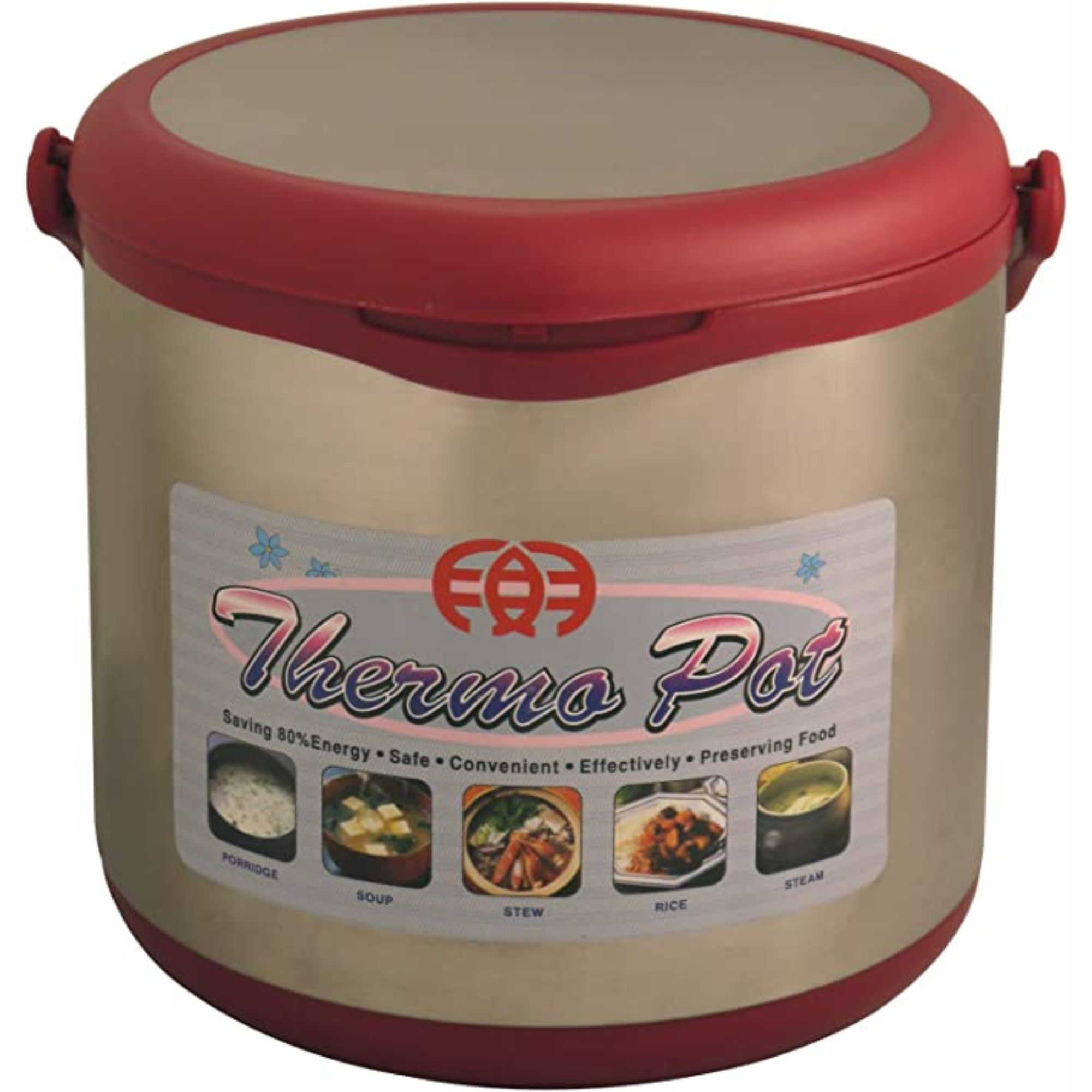
This thermal slow cooker doesn't require any electricity to help cook your food, The stainless steel pot helps continue to cook food for up to half an hour after it has been brought to temperature.
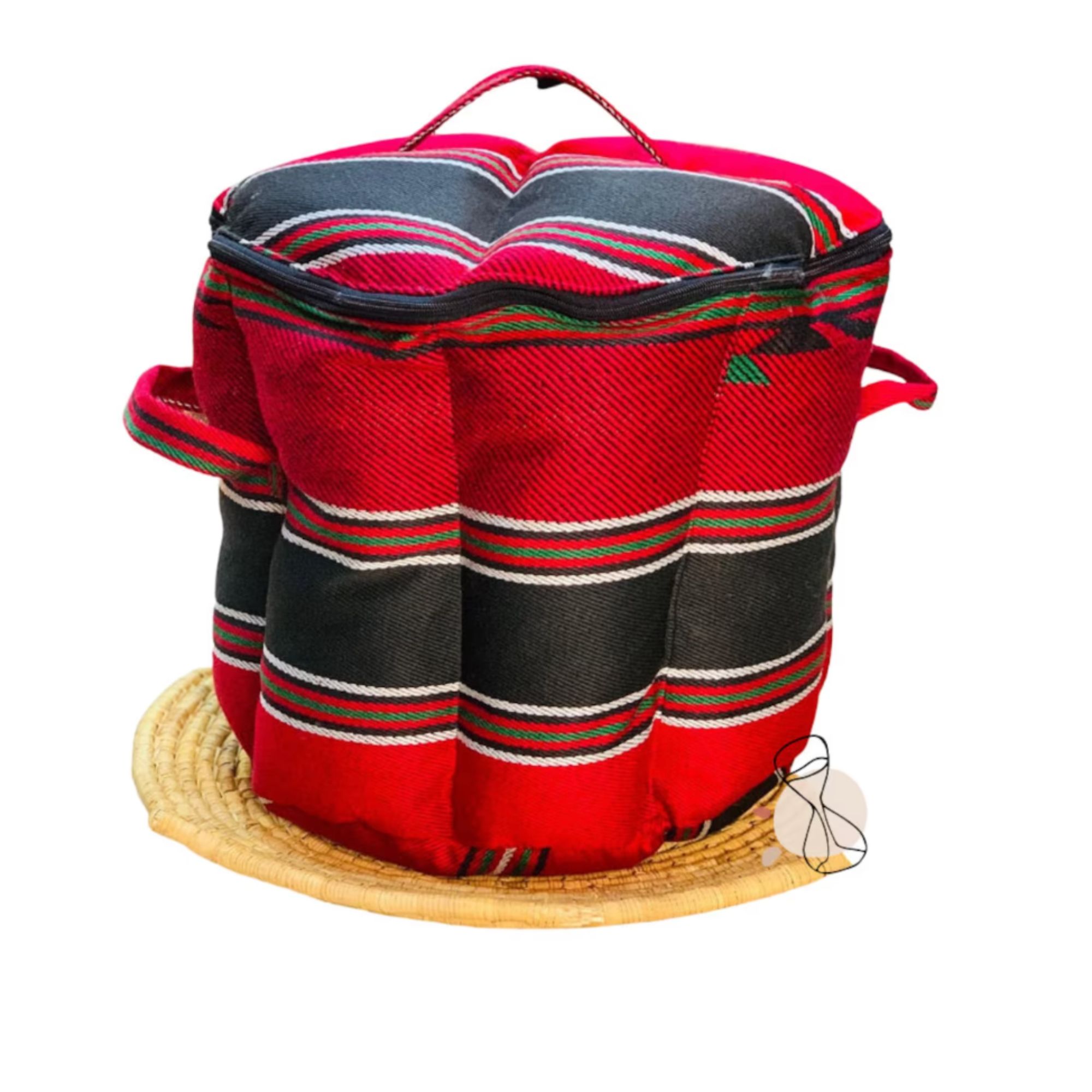
This cooking bag not only keep your food fresh at the right temperature, it also cooks your food slowly. Cooking bags, preserve the pans temperature and reduce your energy consumption.
The simple and easy-to-use design helps transport food from one place to another with complete ease. It is also available in several sizes to suit different sizes of cookware .
What is a thermal cooking bag?
A thermal cooking bag is an insulated bag that is used to put at-temperature pots of food inside to continue the cooking process. A pan of hot food can be wrapped in the insulation and left for hours as it continues to cook with the bag acting as a kinf of slow cooker that uses not electricity.
Can raw food bed cooked in a thermal cooking bag?
A thermal cooking bag cannot cook raw food. Raw ingredients are added to a pan and brought to an initial boil before the hot pan is transferred to the bag to continue cooking. While the bag itself uses no electricity, gas, or fuel to cook food, there is a small amount of fuel needed to start the cooking process off.

Chiana has been at Homes & Gardens for two years and is our resident 'queen' of non-toxic living. She spends most of her time producing content for the Solved section of the website, helping readers get the most out of their homes through clever decluttering, cleaning, and tidying tips. She was named one of Fixr's top home improvement journalists in 2024.
